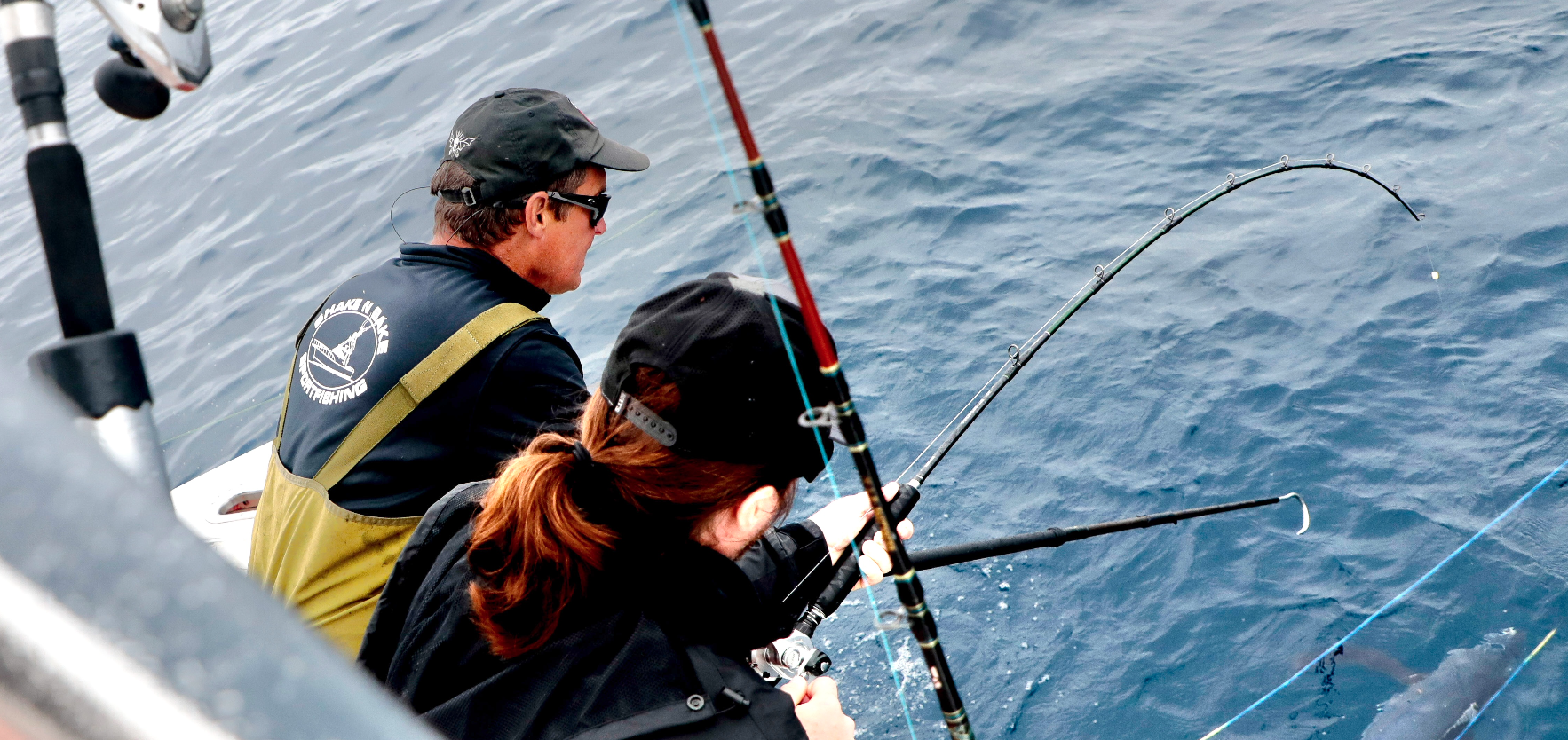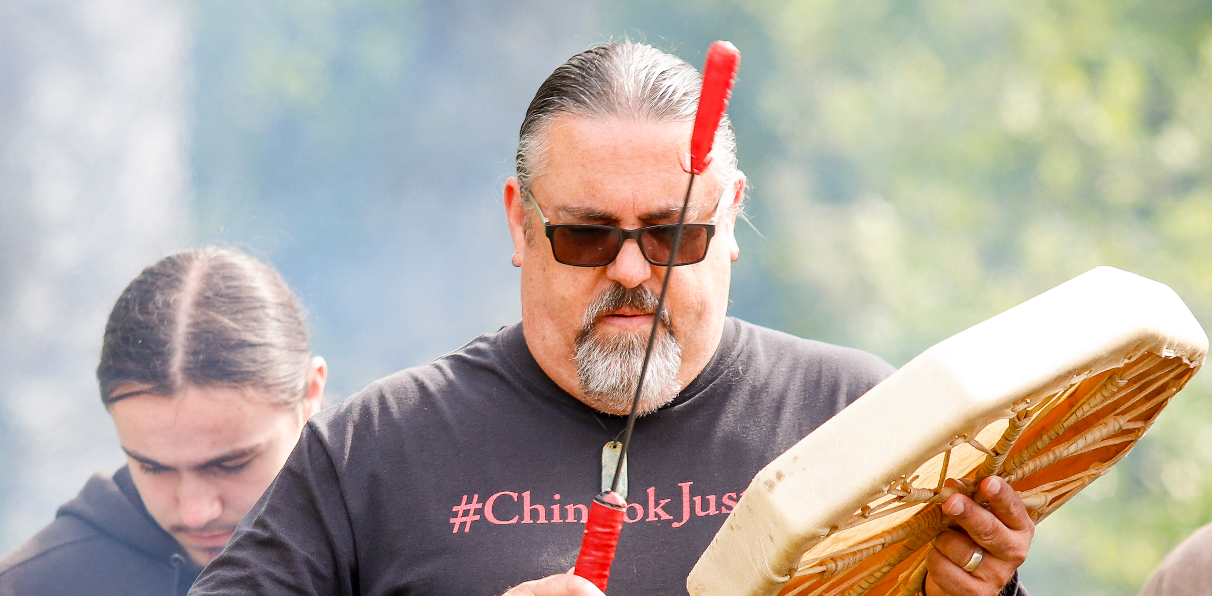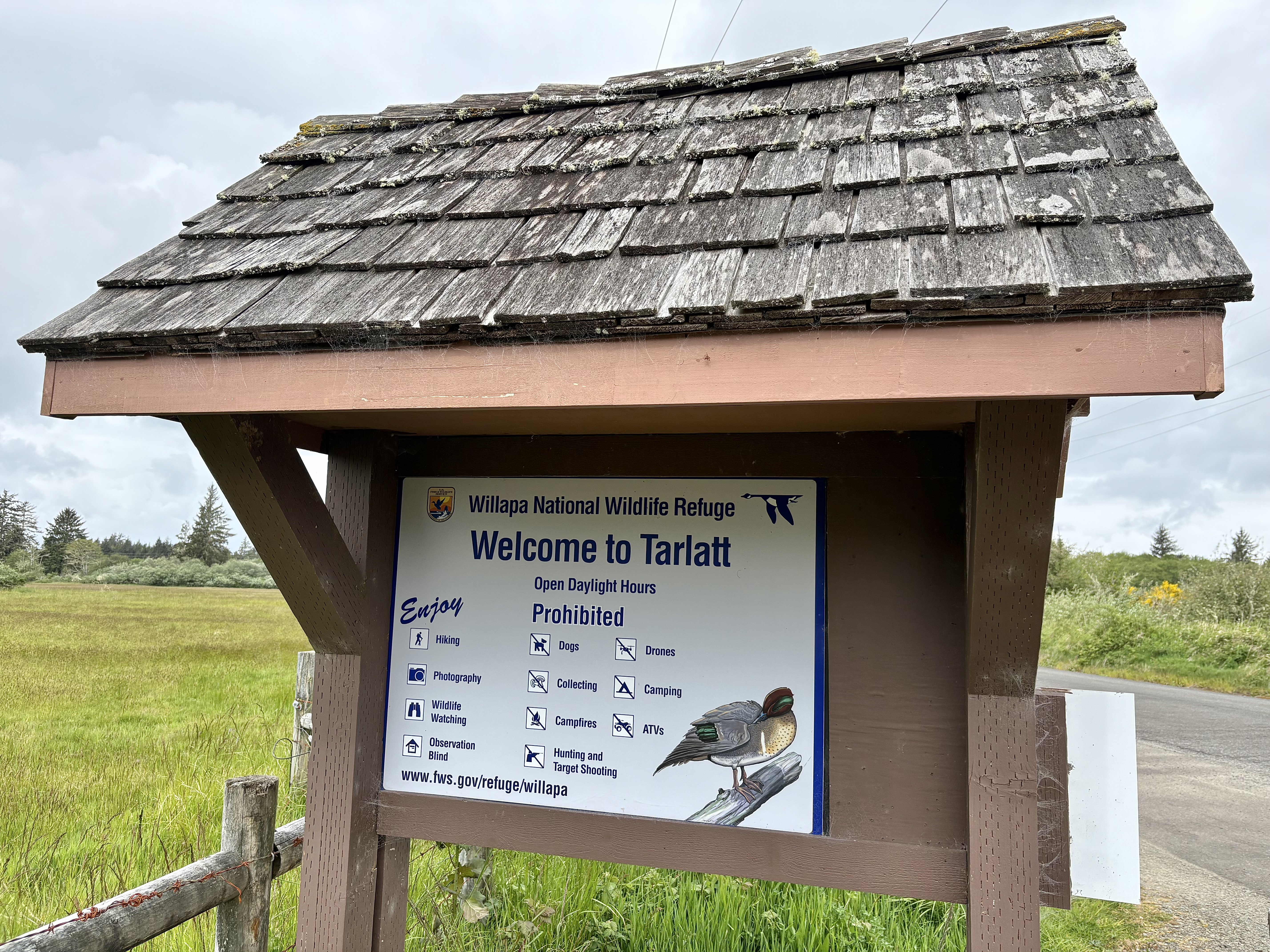Birdwatching: Unique beaks in abundance in Willapa refuge
Published 9:47 am Tuesday, November 8, 2016

- The red crossbill wears different kind of beak. Their primary food source is cone seeds. Note the curvy, crossed tips designed to extract seeds from certain cones. Here it is eating a sunflower seed using its specialized beak to extract the meat from the shell.
Have you ever looked closely at a bird’s beak? It is a highly specialized instrument. Beaks are used for nearly everything from preening to defense! Bird beaks or bills are also used for eating, building nests, and feeding young.
Trending
Beaks come in different shapes and sizes. Insect-eating birds, like hummingbirds, have thin bills for catching their prey. They use their long tongue to “slurp” nectar from tubular flowers. A hummer’s bill is long and tubular in shape so that it can house its very, very, long tongue. It is very efficient at using its bill. Scientific research indicates that it can open and shut it in less than a hundredth of a second!
Other insect-eating birds that are found in the Willapa National Wildlife Refuge — such as purple martins, tree swallows, and violet-green swallows — have flattened beaks. This design allows them to catch insects in mid air.
Seed-eating birds also have specialized beaks. The black-headed grosbeak’s cone-shaped beak is just right for cracking sunflower seeds. The American goldfinch has a small cone-shaped beak, but its favorite seed is the tiny nijyer or thistle seed, which have tough hulls. A tough beak is needed to crack these seeds.
Trending
Some birds, like woodpeckers, have beaks that are like drill bits. They are used to chisel into the bark of trees for insects and for drilling and digging out nesting holes.
Last but not least are the specialized beaks of our birds of prey. The bald eagle, turkey vulture, and red-tailed hawk, for example, have beaks that can rip and tear. These beaks are sharp and usually hooked. Even the smaller northern shrike sports a sturdy hooked beak so that it can more easily feed on small mammals.
The next time you venture off into the Willapa National Wildlife Refuge or are gazing out a window at a feeder, be sure to grab a pair of binoculars and focus on bird beaks in action!









